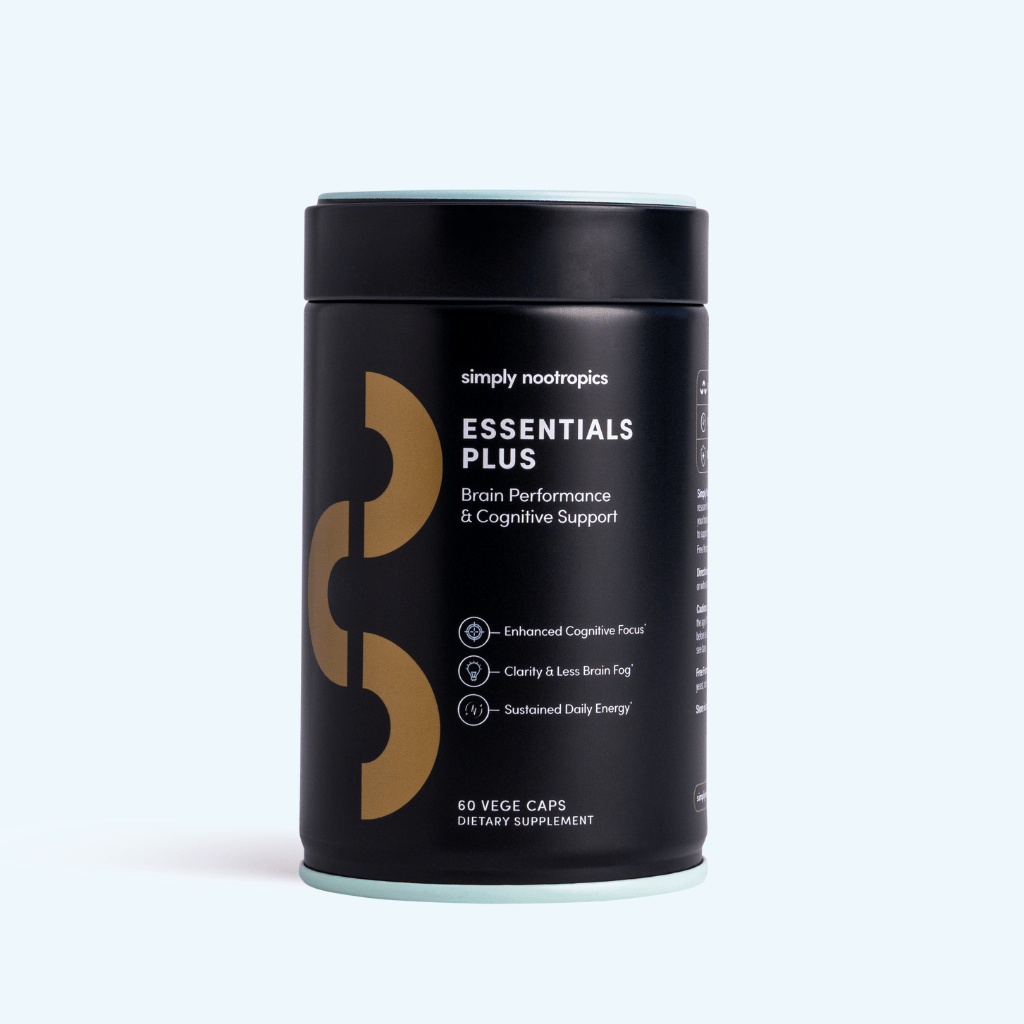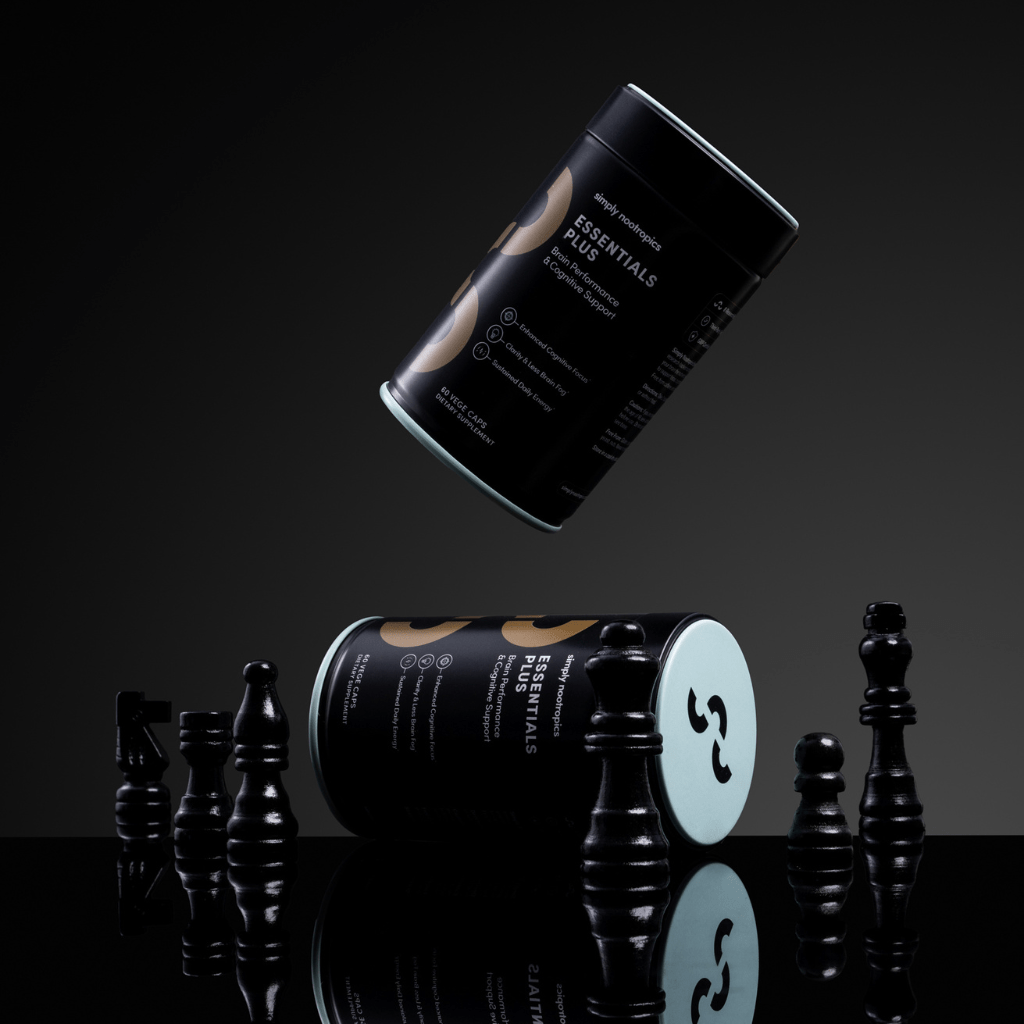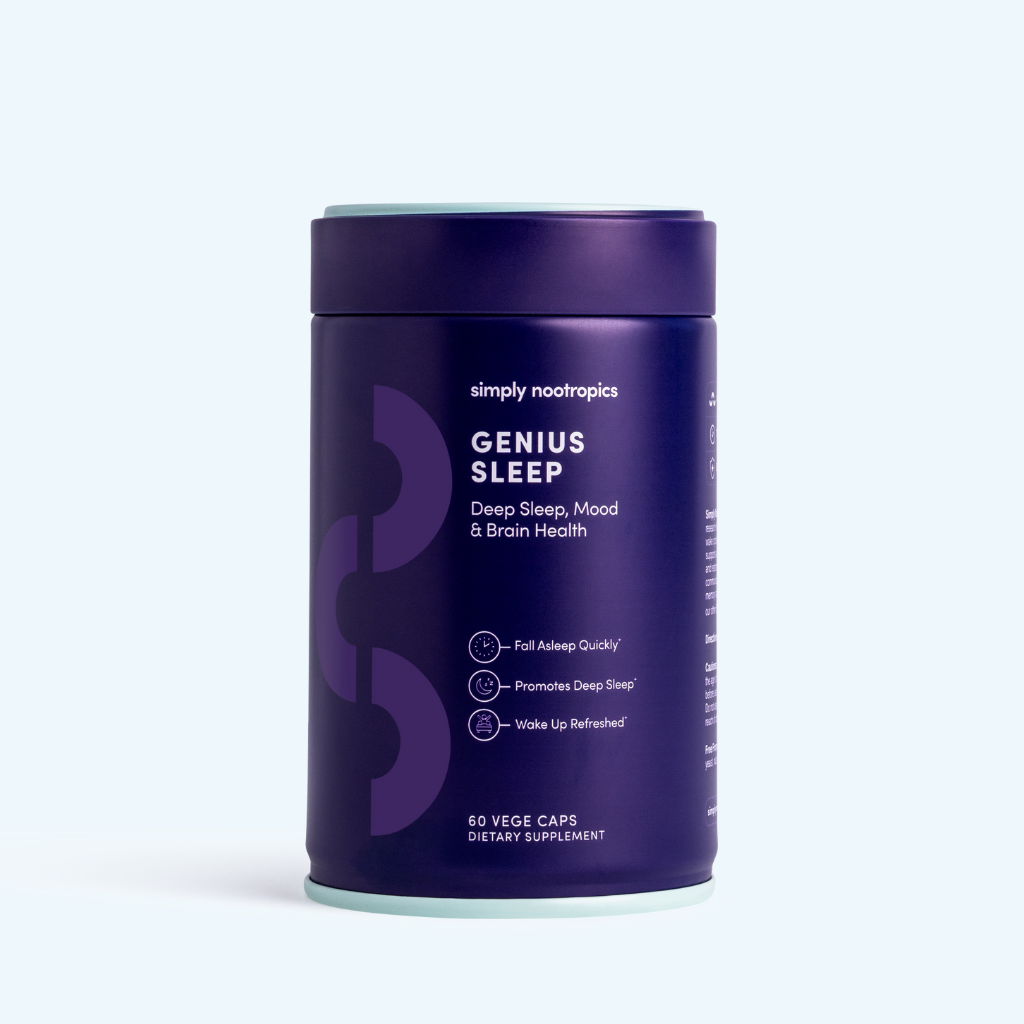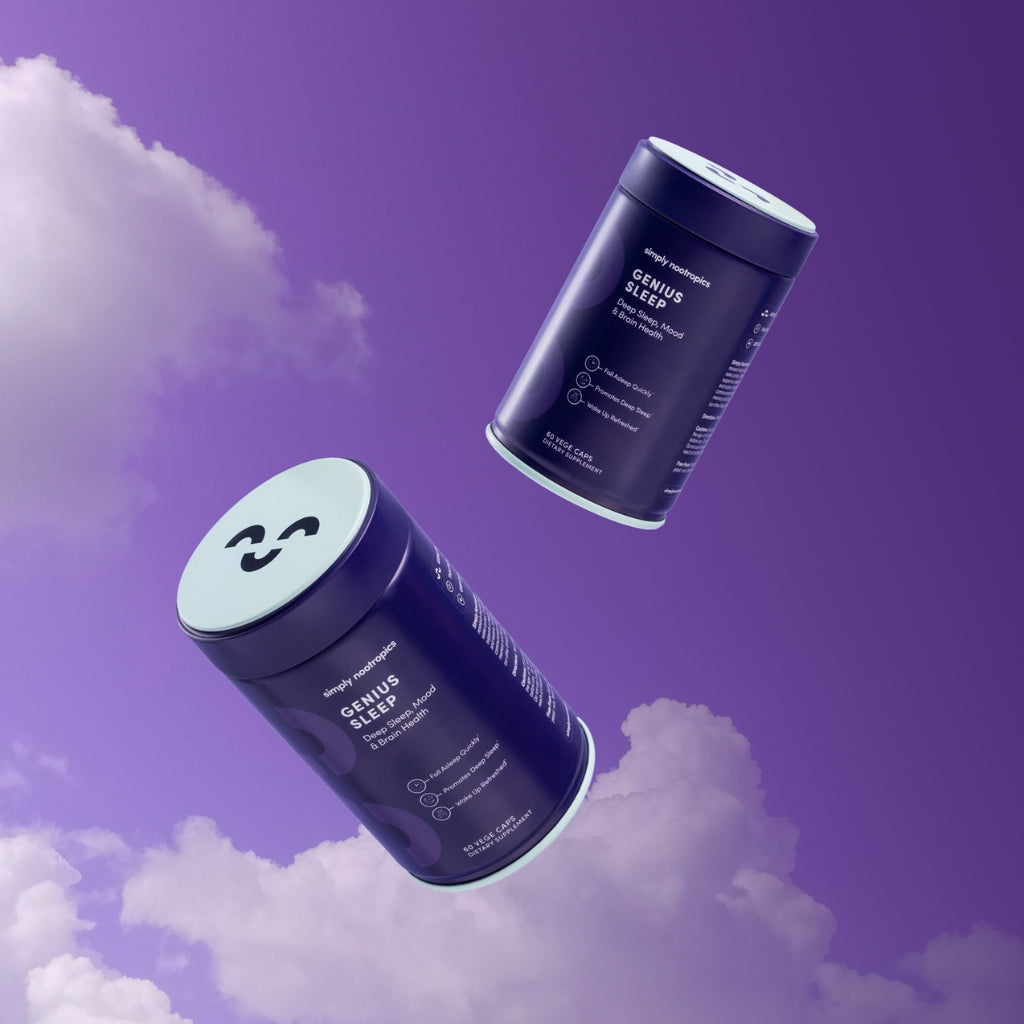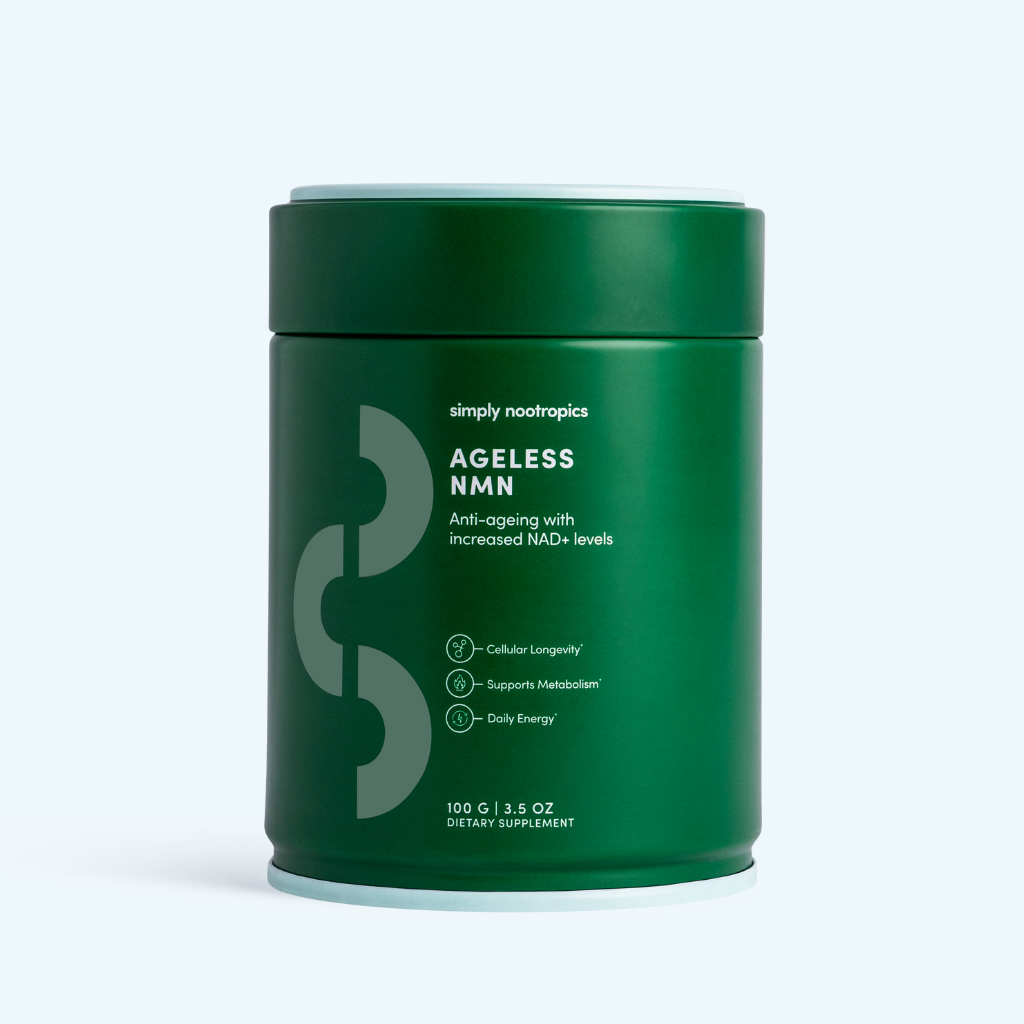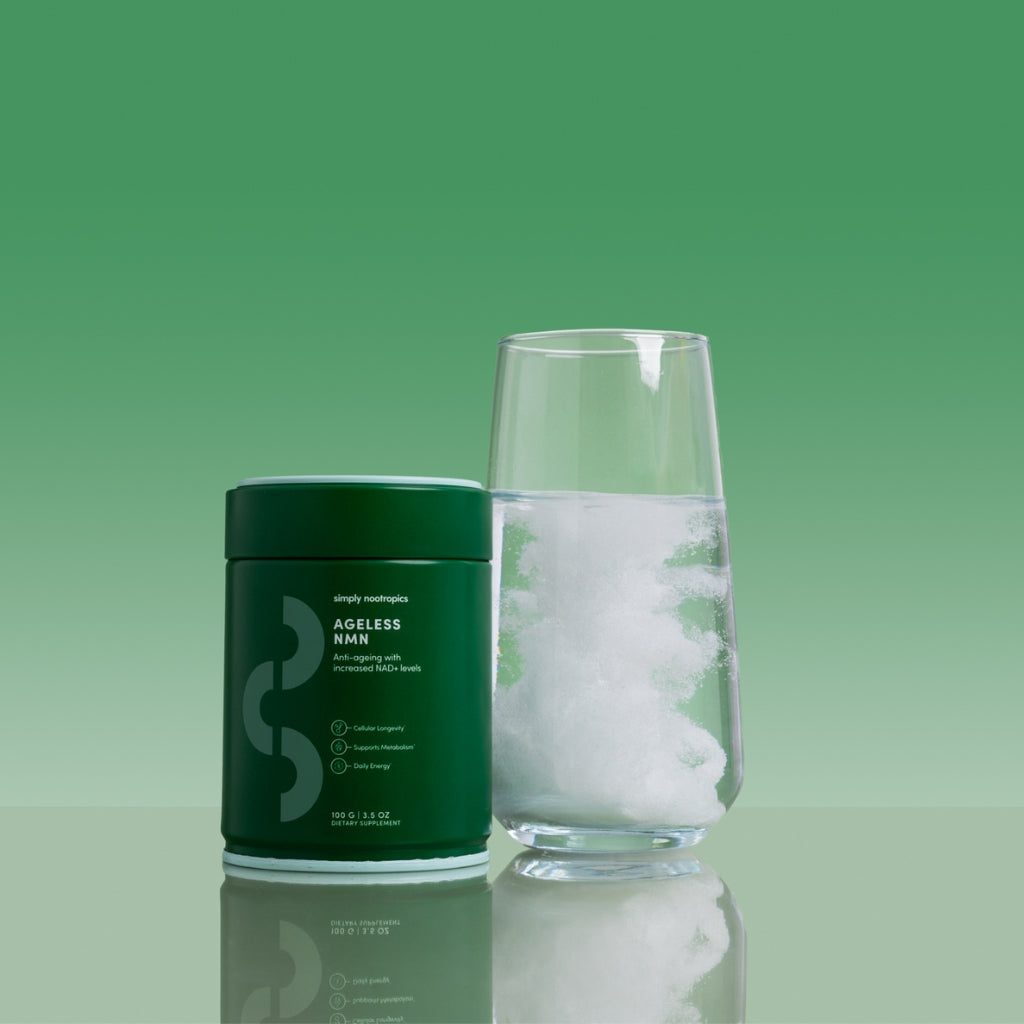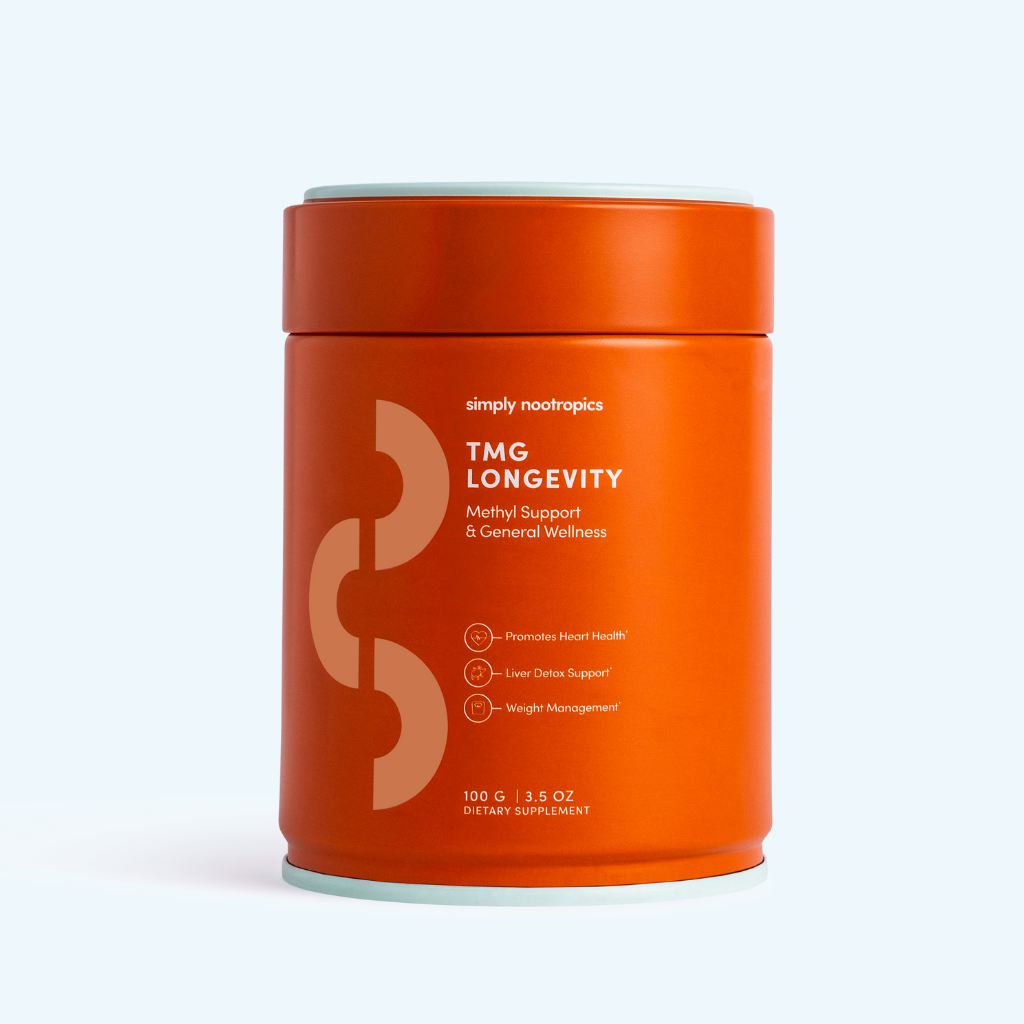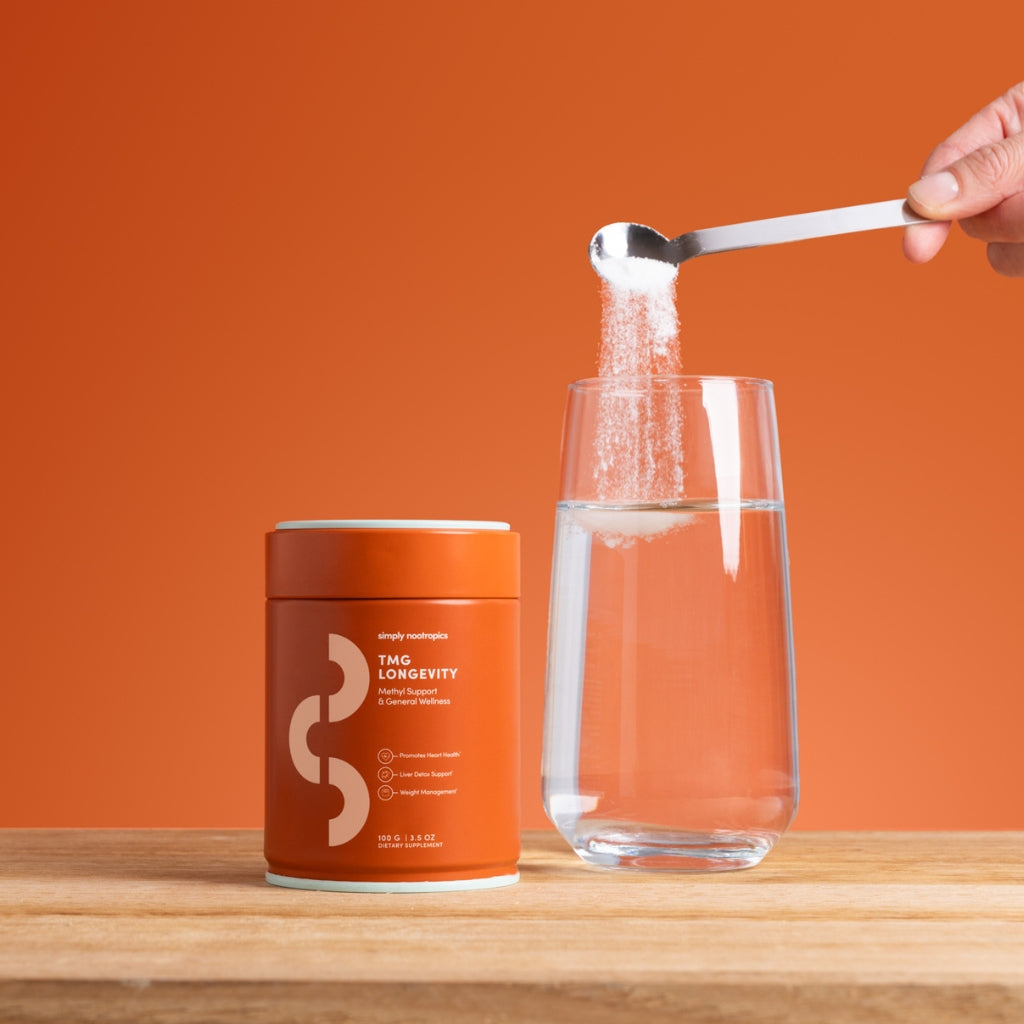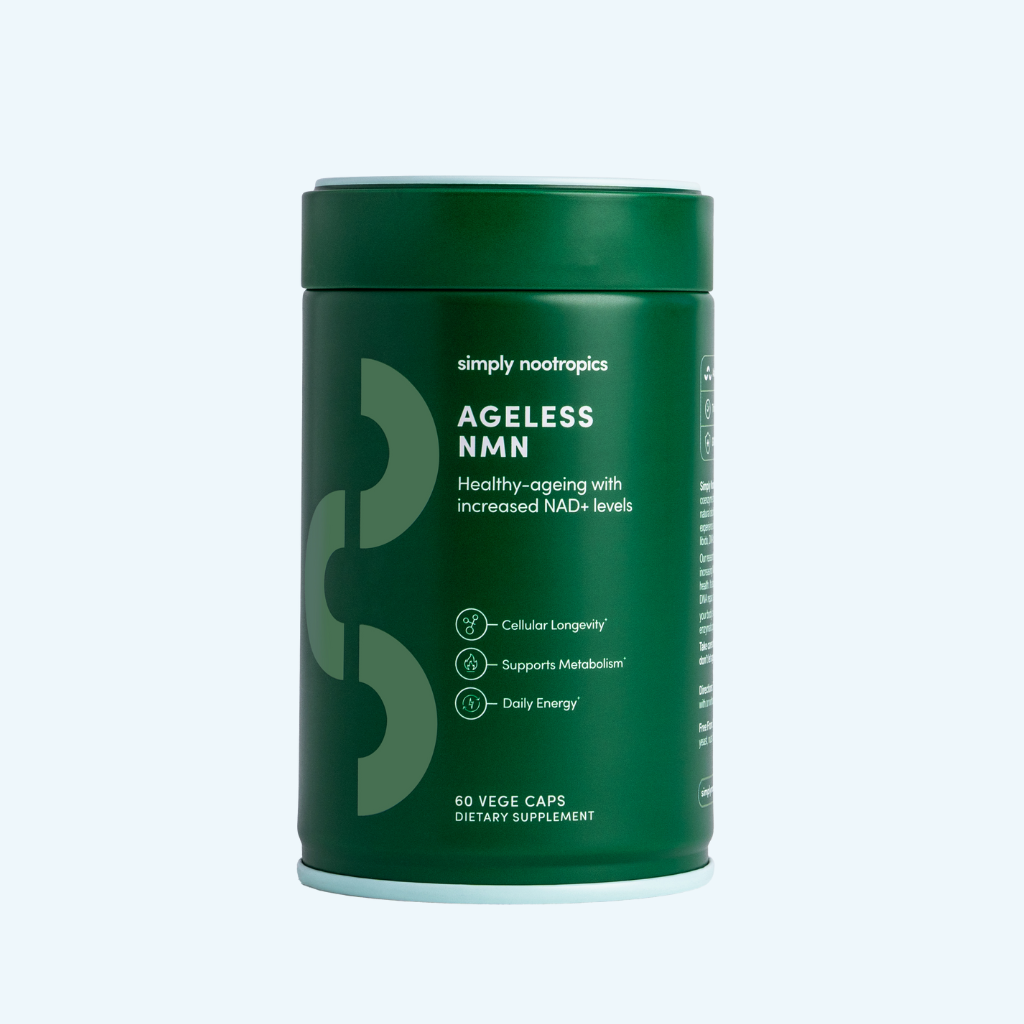In this week’s edition of Longevity News, we’re exploring discoveries in health and science. From how the heart can repair itself, to the “mortality timer” hidden in our cells, to understanding how our environment affects overconsumption, and the benefits of quitting alcohol, we’ve got you covered. Let’s explore how these insights can improve our understanding of the body.
1. Can a Broken Heart Heal Itself?
Recent groundbreaking research has revealed that the human heart might have more regenerative potential than previously thought. For years, scientists believed that the heart, unlike skeletal muscle, lacked the ability to repair itself after injury. However, a study led by Dr. Hesham Sadek at the University of Arizona has provided direct evidence that some heart muscle cells can regenerate, particularly in patients with artificial hearts.
Why Is This Important?
This discovery offers new hope for treating heart failure, a condition that affects nearly 7 million adults in the U.S. and contributes to 14% of annual deaths. While treatments like left ventricular assist devices (LVADs) and heart transplants are effective, they are not cures. Unlocking the heart's regenerative potential could lead to groundbreaking therapies that reverse heart failure entirely.
Dr. Sadek's research suggests that targeting the molecular pathways involved in cell division could enhance the heart's natural ability to regenerate. Plus, understanding why only 25% of artificial heart patients experience significant regeneration could help make this response more universal.
For now, maintaining heart health through regular exercise, a balanced diet, and stress management remains very important. But the potential for therapies that mimic the regenerative effects of artificial hearts is a promising development in the fight against cardiovascular disease.
2. The “Mortality Timer” Inside Our Cells
What if the secret to slowing down aging lies in one small structure inside your cells? Researchers at Weill Cornell Medicine have found that the nucleolus, a dense structure within the cell’s nucleus, might hold the key to cellular youth and longevity. Their study introduces the concept of a “mortality timer” that predicts how long a cell has left before it dies.
Aging and the Nucleolus
In organisms ranging from yeast to humans, the nucleolus expands as cells age. This growth disrupts its ability to properly maintain and repair DNA, speeding up cellular decline. Intriguingly, anti-aging strategies like calorie restriction, known to extend lifespan in many species, result in smaller nucleoli, linking compact nucleoli to slower aging.
The Mortality Timer
Interestingly, the researchers found that nucleoli remain relatively small for most of a cell’s life. However, once the nucleolus reaches a specific size threshold, it begins to expand rapidly. After this point, cells survive for only about five more divisions on average.
This sudden expansion acts like a “mortality timer,” signaling the final stages of a cell’s life. As Dr. Gutierrez explains, “When we saw it wasn’t a linear size increase, we knew something really important was happening.”
3. How Social and Environmental Cues Influence Overconsumption
Have you ever noticed how you eat more at a buffet or find it hard to resist snacks at a party? It turns out, social and environmental factors play a significant role in how much we consume. A new study explores how cues around us influence overconsumption, particularly of high-calorie foods and beverages.
Key Findings:
- Social Influence: People tend to mirror the eating habits of those around them. If friends or family eat more, it’s likely you will too.
- Environmental Cues: Bright packaging, convenient placement, and even the size of plates or portions can trick our brains into eating more than we need.
- Stress Eating: Emotional and environmental stressors can drive people to seek comfort in food, particularly sugary or fatty options.
How to Break the Cycle:
Awareness is the first step. Try these strategies:
- Use smaller plates to control portion sizes.
- Be mindful of your hunger levels before social events.
- Surround yourself with healthier food options at home and work.
- Practice mindful eating, focus on the flavors and textures of your food without distractions.
This research highlights the importance of creating environments that support healthy choices, both at home and in public spaces.
4. The Incredible Benefits of Quitting Alcohol
For many, alcohol is a part of social life. But when it comes to health, cutting back, or quitting entirely, can have profound benefits. Here’s a timeline of what happens to your body when you stop drinking:
The First Few Days:
Your body starts detoxing, and blood sugar levels stabilize. You may feel some withdrawal symptoms, depending on your drinking habits, but your body is already beginning to heal.
After a Week:
You’ll likely notice better sleep quality and improved hydration. Without alcohol’s dehydrating effects, your skin may start to look healthier too.
After a Month:
Liver function improves as it clears out built-up fat. Many people report feeling more energetic and focused.
After a Year:
The long-term benefits kick in. Your risk of heart disease, liver damage, and certain cancers significantly decreases. Mental clarity and emotional balance are often much better as well.
Tips for Cutting Back:
- Replace alcohol with non-alcoholic alternatives at social gatherings.
- Set realistic goals, like limiting drinks to weekends or special occasions.
- Find healthy stress outlets, like exercise or hobbies, to replace the habit.
As we learn more about the science of longevity, the importance of supporting your body with the right nutrients becomes clear. Simply Nootropics offers a range of products designed to help you feel your best, including:
- Ageless NMN: Boosts NAD+ levels to support cellular repair, energy, and overall vitality.
- Essentials Plus: Combines Ashwagandha, L-Theanine, and other key ingredients to help reduce stress and improve focus.



